The lasting influence of the first encounter
April 8th, 2024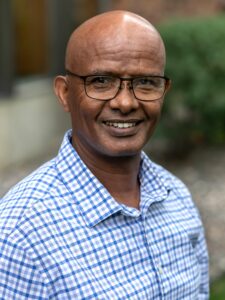 By Pastor Wondimu Sonessa
By Pastor Wondimu Sonessa
Life is sometimes like a pendulum. It swings back and forth between our past experiences and new encounters in our daily life. Once a force is exerted on it and sets the pendulum in motion, it continues to move back and forth with a constant time interval. Both friction and the pivot point of the pendulum contribute significantly to slow down the motion and eventually bring it back to stability.
But a Christian life is not exactly like a pendulum. To follow Jesus is not an easy decision to make even after hearing the voice that invites us. Of course, those of us who were born to a Christian family were instructed and raised in the church. We may remember our Sunday school teachers whose advice and exemplary life shaped our faith journey. But some of us were born and raised in the context of religious pluralism, where Christian faith and the church are the outcome of the gospel preached by missionaries.
In this blog, I reflect on the lasting influence of the first encounter with Jesus on Christian life.
WHETHER WE WERE born to Christian parents or converted to Christianity, we share a common estrangement characterizing humanity and the need for a heavenly voice that realigns our life with God. What makes our testimonies so inspiring is not how young or old we were when we became Christians. It is instead that we became who we are as Christians only because of the first encounter with Jesus through the proclamation of the Word and the Sacrament of Baptism.
“Whether we were born to Christian parents or converted to Christianity, we share a common estrangement.”
Let me illustrate this with a brief reflection on the Apostle Paul’s testimony regarding the difference between his pre-conversion life and new life in Christ (Acts 22:1-22). Paul maintains to narrate the experience of his conversion in which he portrays his encounter with Jesus Christ as a “great light” shining upon him and the voice from heaven speaking to him.
Consequently, Paul didn‘t just fall to the ground, but he also lost his sight. When he realized that it was Jesus of Nazareth who was speaking to him, he confessed that Jesus is “Lord” and agreed to go as directed and do everything that has been assigned to him. In his missionary endeavor Paul describes what happened to him as “knowing Christ” – the knowledge that helped him to regard his former gains as “rubbish” and loss (Philemon 3:7-10). This is the lasting impact of his first encounter with Jesus.
A GENUINE CONVERSION experience involves letting go of human perspective that doesn’t align with God’s will and receiving divine power to confess the lordship of Jesus. The common confession of faith in Christ makes us siblings who address each other as brothers and sister. Conversion is, therefore, a concrete spiritual experience in which the persecutors and victims receive new insight that enables them to trust and embrace each other as a beloved community. And that first encounter not only marks the starting point of our faith journey, but also has the lasting power to enable us to be the followers and witnesses of Christ in all circumstances.
Because of the lasting influence of the first encounter and the sanctifying companionship of the Holy Spirit, the Christian life of discipleship cannot swing back to its old practices. It rather counts them as “rubbish” and loss.
This doesn’t mean that our old life is completely deleted from our memory. We may look back and speak of our conversion experiences which, in most cases, involve contrasting the new life of faith with the old pre-conversion life. We always remember how desperate life without Jesus was and give thanks for the grace and mercy with which God has accepted us.
“A genuine conversion experience involves letting go of human perspective that doesn’t align with God’s will.”
There are also times when we feel guilty about the way we thought, acted, and treated people hurtfully. Paul himself struggled with guilty conscience stemming from his pre-conversion life and practice of persecuting believers in Jesus, including taking part in the killing of Stephen. Fortunately, neither the old Paul nor his experience was crucial to the work ahead of him. Paul’s encounter with Christ has changed him but the religious system he was committed to serve continued to persecute the followers of Christ.
What matters greatly is that Paul parted with his privileged social status. Because of knowing Christ, who commanded him saying, “Go, for I will send you far away to the Gentiles” (Acts 22:21), he became a target of the ongoing persecution. The proclamation of the Word to the Gentiles requires a new person with a clear conscience before God. The newness that sets our conscience free from the past is the fruit of that first justifying encounter with Christ.
The new life of faith is neither our old self nor an enhanced version of it, but it is Christ himself living in us and constantly sending us to the marginalized, the oppressed, and disadvantaged in society. We trust in the lasting company of the Holy Spirit in all this.


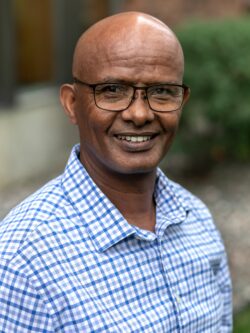
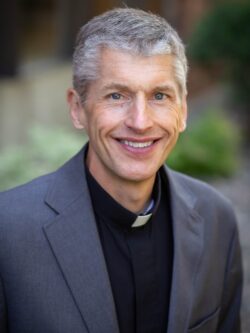
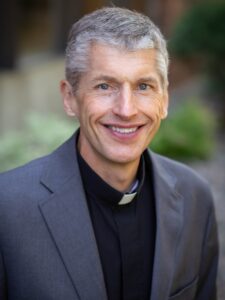 By Pastor Craig Pederson
By Pastor Craig Pederson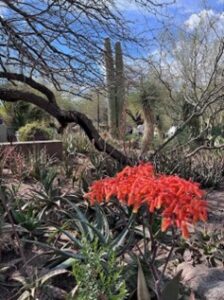
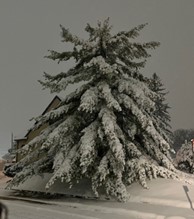

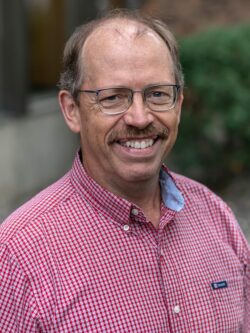
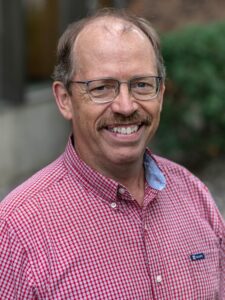 By Pastor John Hulden
By Pastor John Hulden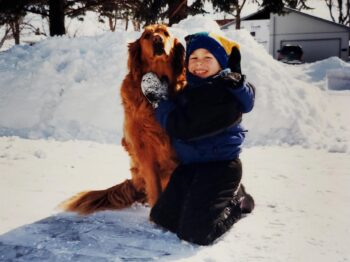
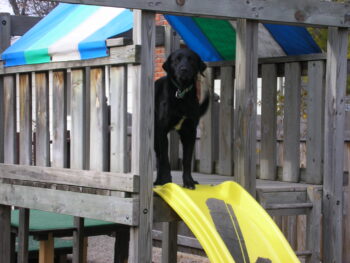
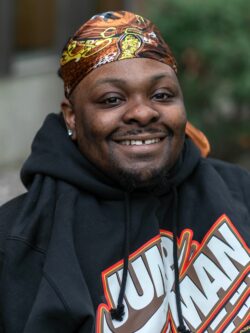
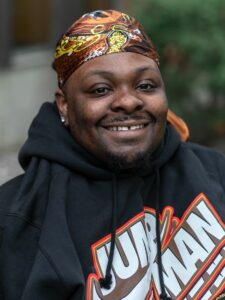 By Manny Lewis
By Manny Lewis
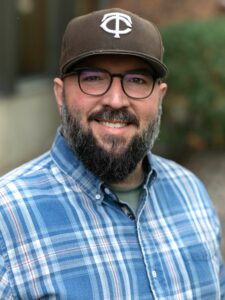 By Nicholas Tangen
By Nicholas Tangen 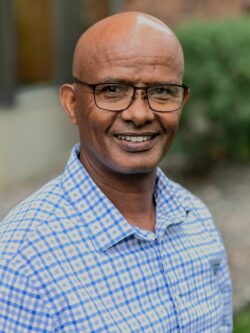
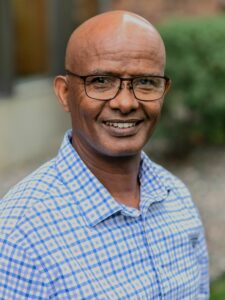 By Pastor Wondimu Sonessa
By Pastor Wondimu Sonessa 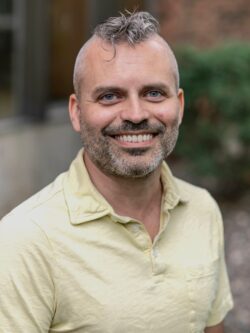
 By Johan Baumeister
By Johan Baumeister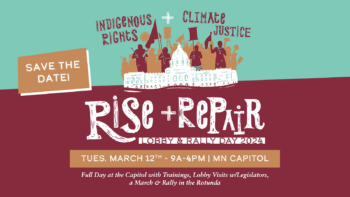

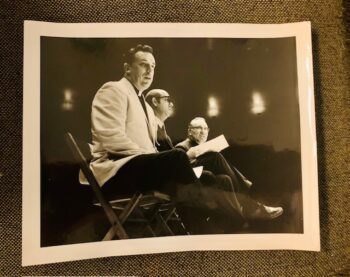
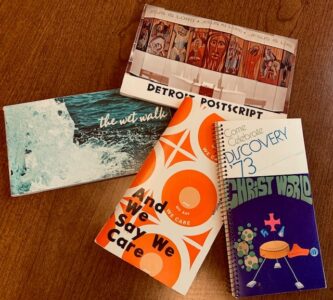

 By Mercy Zou Taithul
By Mercy Zou Taithul